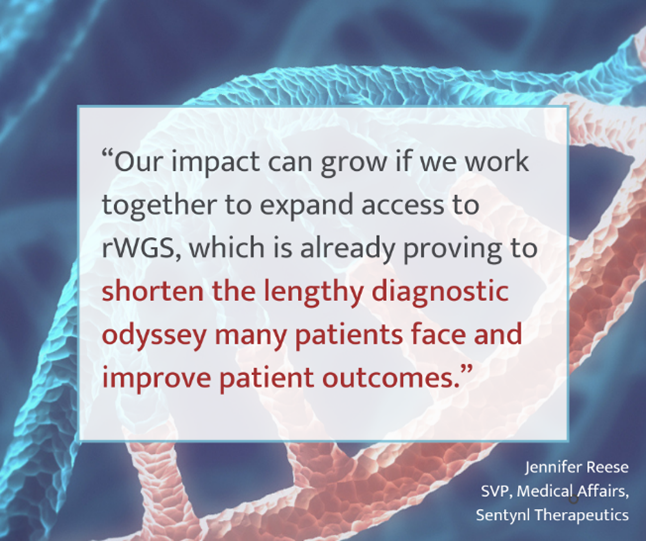Since rare disease research gained traction in the 1980s, pharmaceutical investment in orphan drugs has accelerated. Orphan drugs have represented 50% or more of new molecular entities approved by the FDA in recent years, and orphan drug sales will constitute nearly one third of the global drug pipeline’s value by 2026, according to a 2022 report by Evaluate Ltd. We are continuously learning about the 7,500+ conditions that affect nearly 400 million people worldwide, 95% of which have no FDA-approved treatments and about 80% of which are genetic.
Although 70% of rare diseases start in childhood, the standard newborn screening process only tests for a select number of them. Without specific testing, many serious rare diseases can go undiagnosed for a significant amount of time, leaving critically ill patients and caregivers without answers or intervention.
For example, molybdenum cofactor deficiency (MoCD) Type A is an ultra-rare genetic disease caused by mutations in the MOCS1 gene. Patient life expectancy is 2 to 3 years old without intervention, and infants who survive past the neonatal period typically experience progressive symptoms, including developmental delay and disability. While the symptoms of MoCD Type A may be seen on the first day of life, reaching the right diagnosis may take much longer without the right tests.
“Many rare diseases can have devastating consequences if diseases are not caught prior to patients becoming symptomatic,” said Jennifer Reese, Senior Vice President, Medical Affairs of Sentynl Therapeutics. “For diseases such as MoCD Type A, diagnosis typically does not occur prior to a symptomatic presentation. Further, underdiagnosis of MoCD Type A in newborns is likely due to the overlap in presentation with other, more common disorders, such as HIE [hypoxic-ischemic encephalopathy], the most common cause of neonatal encephalopathy and seizures.”
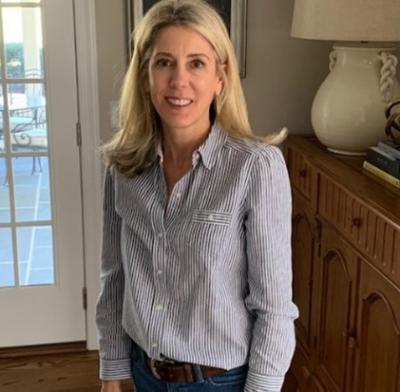
Positive identification of a MOCS1 mutation through rapid whole-genome sequencing (rWGS) is the definitive diagnostic proof of MoCD Type A, providing comprehensive genetic testing with shorter turnaround.
In our previous article published in Fierce Healthcare, How Rapid Whole Genome Sequencing Can Change the Rare Disease Game for Every Newborn, we explored how rWGS allows healthcare providers to deliver precision care to each patient and the importance of expanding rWGS to every newborn, not just those who are critically ill.
In part two of this series, we turn our attention to rWGS and the pharmaceutical industry – specifically, the great potential of rWGS in drug development and patient access, and the important role pharma plays in advancing this promising technology.
rWGS Enables R&D Investment for Targeted Therapies
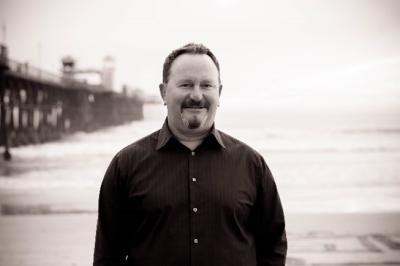
“Identifying and addressing unmet needs is the name of the game in drug discovery and development,” said Matt Heck, Founder and CEO of Sentynl Therapeutics. “Pinpointing the conditions to target, especially rare diseases, has historically been difficult because of the technology available to us. rWGS is helping change that, so pharma companies feel more empowered to invest in targeted therapies for specific unmet needs.”
rWGS in Drug Discovery
When used in the research stages of clinical development, rWGS can help pharma companies better understand the true prevalence of a given disease, which guides pipeline development decisions.
“In the case of MoCD Type A, for example, we know from prevalence data we should see a certain number of diagnoses a year – but we’re not. This reveals a disconnect that could be addressed in the initial stages of drug discovery,” added Reese. “If every newborn had access to rWGS, we would catch the real prevalence and therefore be able to develop therapies that maximize the chance of an optimal outcome in treatment. Our efforts in patient advocacy and provider education are important, but they’re not doing enough. We need to do more.”
It's understandable that many pharma companies can be deterred from investing in certain therapies when the cases identified in a clinical trial or commercialization do not meet published prevalence of the rare disease. Rare and ultra-rare therapies require the same level of regulatory, quality, supply chain and operational investments as diseases with well-known incidence and prevalence. Real-world identification that typically trends at a rate less than published incidence leads to delayed recruitment for clinical trials and reduction in potential commercial opportunity.
As Wei Li, PhD, of Novogene Europe explained in a GEN article on Next-Generation Sequencing, tools like rWGS can expedite not only the identification of drug targets for previously untreatable diseases, but also the detection and tracking of molecular responses to treatment at the genomic alteration level. Its use can also support the understanding of disease mechanisms and identification of biomarkers, leading to improved clinical development programs.
Additionally, because genetic sequencing has become faster, simpler and less expensive, its use is more attractive to pharma companies seeking cost effectiveness and success in the R&D lifecycle.
rWGS in Drug Development & Commercialization
By discovering viable drug targets through genetics-driven technology like rWGS, pharma companies are well positioned for successful late-stage development and commercialization, research shows.
“Developing targets for rare disease specifically through precision testing and precision medicine is important. It helps ensure the highest chance of a drug’s efficacy in a given rare disease due to the very specific targeted MOA [mechanism of action] of the drug candidate to the mutated variant,” said Reese.

This approach could positively impact clinical trial interest and participation, as authors of a Genome-Based Therapeutics workshop noted that “[u]nderserved patients may enter the market and look for treatment if they are more confident that a treatment will work for them. ... [I]f biomarkers can separate those who will respond from those who will not in the population, a drug will perform much better in the response group, potentially leading to quicker adoption and better patient compliance.”
Further, an analysis of five years of drug development data by PLoS Genetics found a positive association between genetic evidence and successful drug approvals. Drugs with genetically supported targets were more likely to be successful in Phase II and Phase III testing. When causal genes were clear, the use of human genetic evidence increased drug approval by greater than two-fold. The authors also found that gene target-indication pairs with genetic evidence were approximately twice as likely to progress from Phase I to approval.
“Public and private investments into genomics for the purpose of improving the fraction of successful drug targets appears to be well warranted,” the authors concluded.
Collaborative Efforts Involving Pharma in the Advancement of rWGS
Utilizing rWGS to propel development and commercialization of targeted therapies requires collaboration among all players in the game, because its advancement brings benefit to pharma companies, advocacy organizations and healthcare providers alike.
“Raising awareness of a rare condition among the vast numbers of providers who may be involved in a newborn’s diagnostic odyssey can be a very difficult and burdensome task for pharma and advocacy organizations. On-balance, it’s too much to ask providers to be intimately aware of the 6,000 rare diseases that are of genetic etiology,” commented Reese. “The advancement of rWGS removes these obstacles to diagnosis, so stakeholders can focus their efforts on patient education, intervention and resources.”
To achieve that reality, cross-industry initiatives worldwide are advancing access to and usage of rWGS, with pharma playing a significant role.
One such initiative is BeginNGS™ (pronounced “Beginnings”), led by Rady Children’s Institute for Genomic Medicine® (RCIGM). It offers infants and their families screening for hundreds of actionable genetic conditions that are known to have an early onset, primarily impact newborns and infants, and are not included in the standard biochemical newborn screening process. In one year, BeginNGS concluded its Phase I screening, added 23 founding members and increased the number of treatable, genetic diseases to 409 total in its second-phase screening.
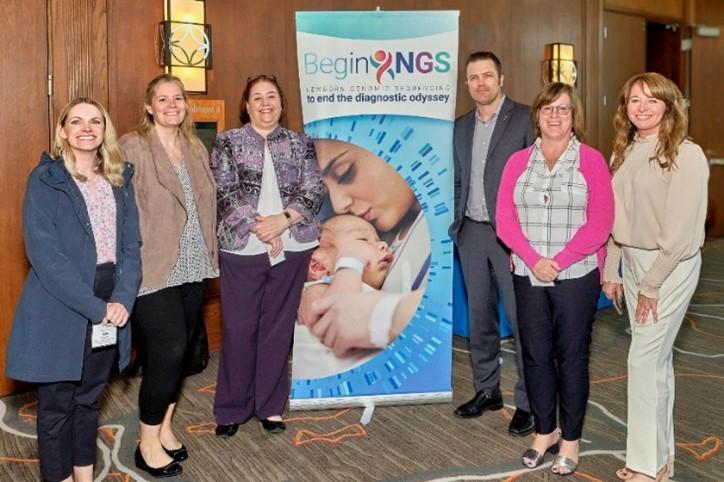
Participation of industry leaders in genetics, pharma and biotech, including Sentynl, allows BeginNGS to address the multifaceted issues surrounding rare disease diagnosis and treatment.
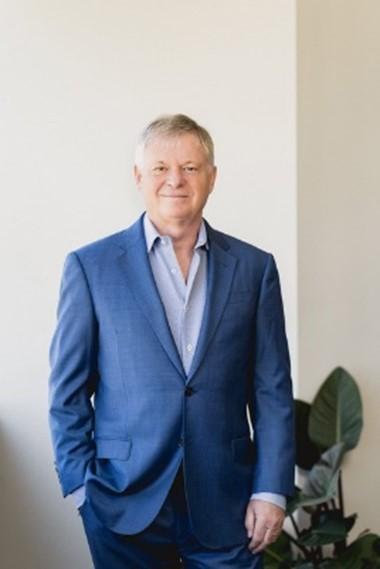
“RCIGM alone cannot implement BeginNGS at scale – we need a strong coalition to support BeginNGS broadly. We need to listen to all kinds of stakeholders and opinions if implementation at scale is to occur,” said Stephen Kingsmore, MD, DSc, President and CEO of RCIGM. “By collaborating with the pharmaceutical industry, we are linked to knowledge on upcoming trials and treatments. The goal of BeginNGS is not just to test for conditions that are treated by current drugs, but to continue to be relevant to every new curative therapy that comes to market.”
RCIGM is not new to these efforts. In 2018, RCIGM partnered with the State of California to launch Project Baby Bear, which provided rWGS for infants hospitalized in intensive care while yielding life-changing benefits and saving $2.5 million in medical costs. Under the 18-month program, the genetic code of 178 critically ill babies was sequenced to diagnose and guide personalized care, resulting in shorter hospital stays, fewer unnecessary procedures and better outcomes for the children and their families. The study resulted in 76 babies being diagnosed — a 43% diagnostic rate.

Other states followed suit, including Michigan with Project Baby Deer and Florida with Project Baby Mantee. Since launching these programs, both Michigan and Florida have shifted to cover rWGS under Medicaid.
New York wasn’t far behind in research efforts. In 2021, Dr. Wendy Chung launched the GUARDIAN (Genomic Uniform-screening Against Rare Diseases in All Newborns) research study alongside Columbia University Irving Medical Center, NewYork-Presbyterian Hospital, and the New York State Department of Health. The study is screening 100,000 newborns for more than 250 genetic conditions not currently screened to give them the best chance to live a healthier life.
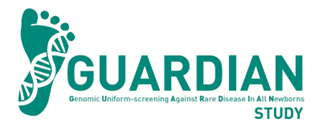
A Call to Action for Pharmaceutical Leaders
“No matter your role in healthcare, the end goal we share is to improve the lives of patients in meaningful ways,” said Reese. “Our impact can grow if we work together to expand access to rWGS. rWGS is already proving to shorten the lengthy diagnostic odyssey many patients face and improve patient outcomes.”
“The simple – yet crucial – action that pharma can take now is to invest in these important initiatives,” added Heck. “I strongly encourage leaders to consider joining an initiative named here and contribute their resources and expertise where relevant to progress this work.”
At the very least, pharma leaders can help raise awareness of these issues in their professional networks and be advocates for continued change, reinforced Reese. “We must lobby for faster inclusion of genes that correlate with available treatments into state-level newborn screening, and simultaneously advocate for rWGS for all newborns. These are things we can do today.”
